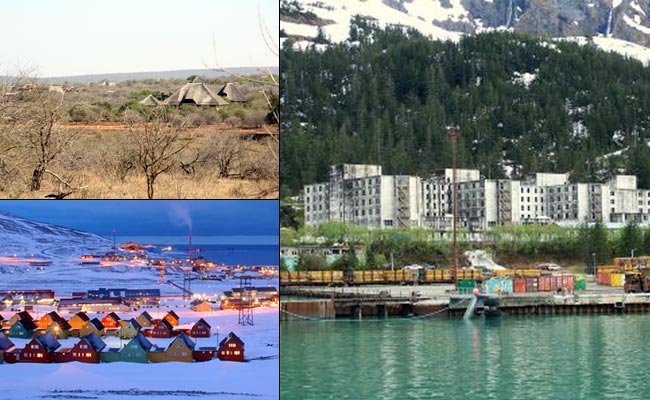Why Abdul Kalam was the 'People's President'

He remains undoubtedly the most loved and admired Indian after Jawaharlal Nehru and in sheer numbers, easily tens of thousands more, adored him than the first prime minister of India. What has made Avul Pakir Jainulabudeen Abdul Kalam (who told me that I was the first one who asked him for his full name way back in July 1980) so is his raising and being, a low profile one with modest beginnings hawking newspapers for the extra buck at that, in his first 50 years. It is this that made him the fierce nationalist that he was and continued to be an inspirational Indian to newer generations of younger Indians even in his 60s, 70s and 80s. And true to his life, particularly the years after he was president, he passed on while lecturing at the Indian Institute of Management, Shillong. These striking qualities of an endearing human being with a self effacing nature were evident when I met him for the first time in July 1980 moments after his very first crowning moments of triumph as a ro...






























